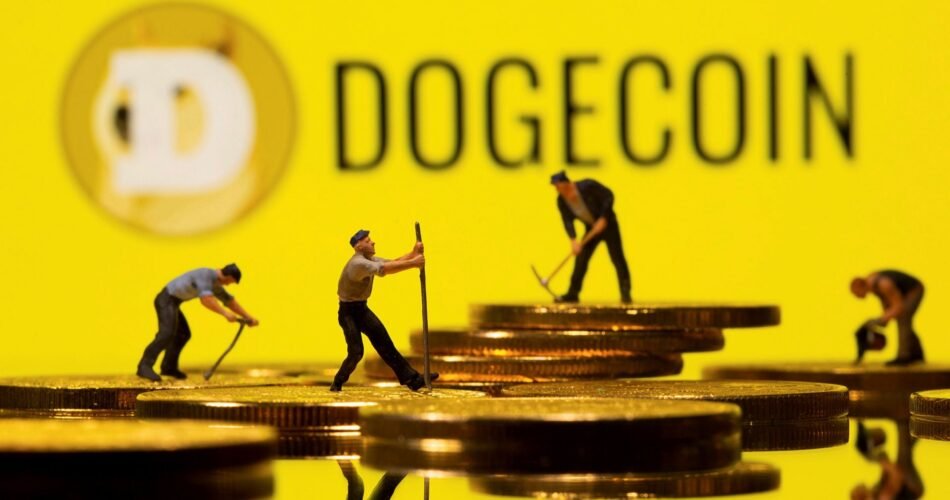Dogecoin (DOGE) is a decentralised, peer-to-peer, open-source cryptocurrency derived from the Litecoin blockchain. Like most cryptocurrencies, Dogecoin is based on blockchain technology and functions on cryptographic principles using a proof-of-work algorithm. When a new block is formed in the chain, two cryptographic keys are created: a public and a private key. The public key allows users to view information about the block, while the private key provides access to the owner of the formed block.

Dogecoin’s block production rate is 6 minutes. Compared to other cryptocurrencies, that’s pretty fast, making Dogecoin a great tool for payments and money transfers.
A key feature inherent in Dogecoin that fundamentally distinguishes it from most other cryptocurrencies is its inflationary nature. Most cryptocurrencies are deflationary. That means that most cryptocurrencies — Bitcoin, in particular — are structured so that their issuance is strictly capped to a certain amount of tokens that can go into circulation.
The main disadvantage of capping issuance is that it promotes and encourages the constant accumulation of coins as their value is expected to increase significantly in the future. Another problem is that, with a significant market capitalisation and mining reward reduction (which decreases exponentially), sooner or later, miners will lose all incentive to support the network.

Dogecoin applies a slightly different approach, relying instead on inflation. That way, new tokens can be mined despite their low value. Newly mined tokens replace lost tokens, thereby maintaining a steady supply of approximately one hundred billion active tokens. Since most Dogecoin users perceive this cryptocurrency primarily as a medium of exchange rather than an investment, an inflationary approach could lead to success.
Dogecoin has a consistent issuance rate of 10,000 new tokens per minute. According to its creators, the cryptocurrency’s key goal is to keep 100 billion coins in constant circulation, meaning issuance continues after reaching this mark. Miners are rewarded accordingly. This keeps the necessary number of coins in constant circulation, compensating for lost wallets and coins.

